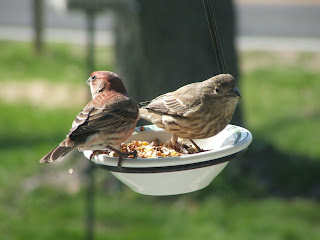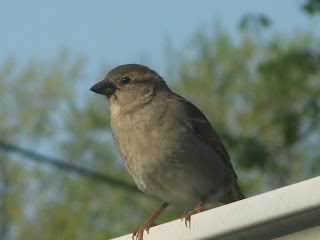

Thanksgiving is a great time for me to introduce to you to a more possible subject to pursue than the Turkey,....the European Starling! (Sorry, you can't eat this type). This bird was introduced to the U.S. in 1890 by a group of Shakespeare fanatics in New York, (the Acclimation Society of North America) whose main idea was to have all the birds present in his plays also present in North America. As you guessed, Shakespeare just happened to mention a Sturnus Vulgaris (latin name for our bird) in a play, and Eugene Schiefflen, one of ASNA's members, released 60 birds in N.Y.s Central Park in '90, and again in '91. Looking for decendants of these guys shouldn't be too difficult to find, as N.A.'s Starling population is estimated at over 200 millon birds! This fast spread is due to the fact that they are very agressive, hardy birds, adapting to habitats like cities to deserts. Their beaks design allows them to pry open hard nuts and seeds to survive harsh winters. Some of the problems they cause include: Ruining over $800 million in crop damage, competing with native birds for nesting cavities, and spreading diseases through their droppings that they are immune to. The good thing about this disturbing news is that the Migratory Bird Treaty Act does not protect this species, and a permit is not needed to hunt them on private property. Another invasive Species, the House Sparrow, also a species sponsered by Eugene, is not protected. This little guy causes problems similar to the Starlings. It was introduced from Europe to keep down problem bugs, but it took only a few years to show how much the bird turned the tables. Rock doves from Europe are not protected in some states, including here in Missouri. They are mostly a nuisance in cities, where they nest and roost on buildings. The Photos above are both Starlings. The shape in flight can be easy to recognize. The other is one in full summer plumage (in winter, they become a duller brown, and the bill is grey instead of yellow).










